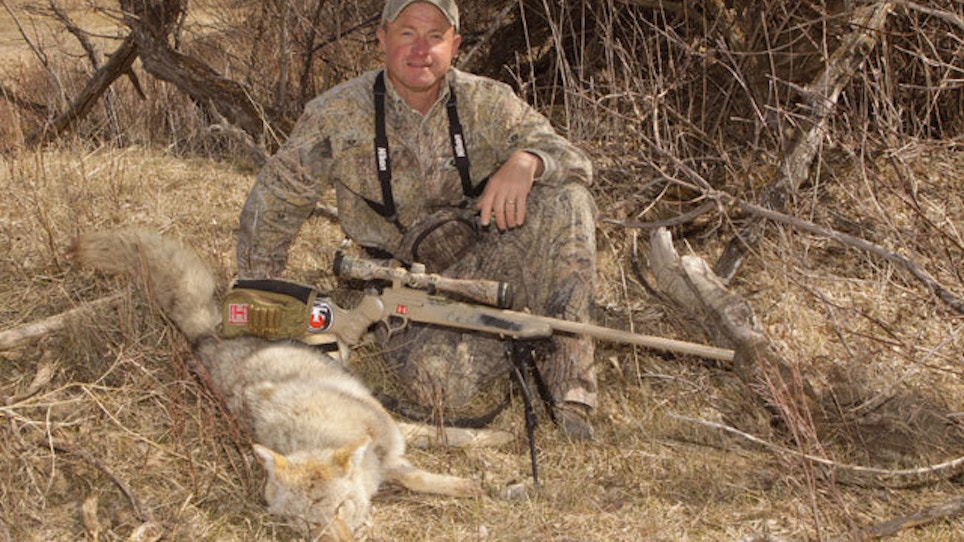OK, in most states there is no opening day for coyotes, but the opening-day phenomenon is still in play. It’s as simple as the old saying, “The early bird gets the worm.” It doesn’t take coyotes long to learn that the pressure is on once the snow flies and frost starts covering the ground. They see more ATV activity. They hear more prey-in-distress sounds. While peeking from a distance they watch overanxious hunters, too antsy to sit longer than 15 minutes, get up and walk off the stand. It doesn’t take them long to know something is amiss.
Earlier in the fall these factors are absent or not as obvious. Although hunters are in the field, most have their sights set on small game, upland game, waterfowl and especially big game. Coyotes get a second glance and many hunters simply don’t want to reveal their current game plan by making a bang just to tag a coyote.
That’s too bad since some of the best coyote hunting is before the snow flies and for more than one reason. First, there are simply more coyotes. Coyotes have pups in the spring and by late summer eager young coyotes are exploring without mom or dad. Many stay in small family groups of brothers and sisters to increase hunting success. Instead of calling in singles you are just as likely to call in doubles, triples or even more. Gangs of coyote pups will continue this trend well into fall and as winter closes in they’ll begin to travel solo or in pairs.
Regardless of the group size, one thing is for certain. Early fall coyotes are as green as college freshmen at any state university. They are still honing their hunting skills and like most apprentices, fail as often as they succeed. That means their ears perk up when they hear the sounds of dinner in distress.
Some of the best early-season calling takes places in September and October when pups are still ganged together in small, roving mobs. I’ve had several instances in October when no less than six coyotes charged my calls. I usually ended up with one, maybe two, but the majority escaped with a new respect for the sounds of a distressed cottontail. Are you willing to give up the price of a prime pelt in trade for some of the best setups of the season?
The first thing to consider is the novice status of young coyotes. They are inquisitive, playful, energetic, but not necessarily ready to brawl. Curiosity toward prey in distress calls is more likely to lure a youngster than the distress or whine call of a canine companion. Whereas an adult coyote may charge towards a canine distress call at any time, a young pup’s apprehensive nature could make it turn a blind eye.
Calls that emit a vulnerable message with little or no chance of scrapping have the greatest appeal to young coyotes. You can’t beat the traditional cottontail or jackrabbit in distress. Any small rodent squeal or songbird squawks also perk ears. The variety stored in digital callers, such as the red shafted flicker, yellowhammer woodpecker, meadowlark, baby-bird distress and many others, are perfect to lure in young coyotes.
Although you want to be careful of the message you send, it doesn’t necessarily mean you have to abandon coyote vocalizations. These can be more helpful as the season progresses and gangs of young coyotes disband. A lone howl may be all that is needed to spark a lonely adolescent coyote into trotting over to make friends. Add to it a short burst of prey in distress and your new friend may reveal itself in record time.
If you find that a blaring bunny isn’t doing the trick then use a passive approach. If you’ve scouted and know traditional coyote hunting and bedding grounds move in slowly and turn down the volume.
By starting out with a squeaker you can lure in any predators bedded within 200 yards of your site using a sound they naturally hear from time to time. It’s not an abrasive or alarming sound, but more of a curiosity-arousing sound that even predators packing a full stomach may stretch and check out.
Regardless of your attack, try the early season. It could be the best action of your coyote hunting action.






